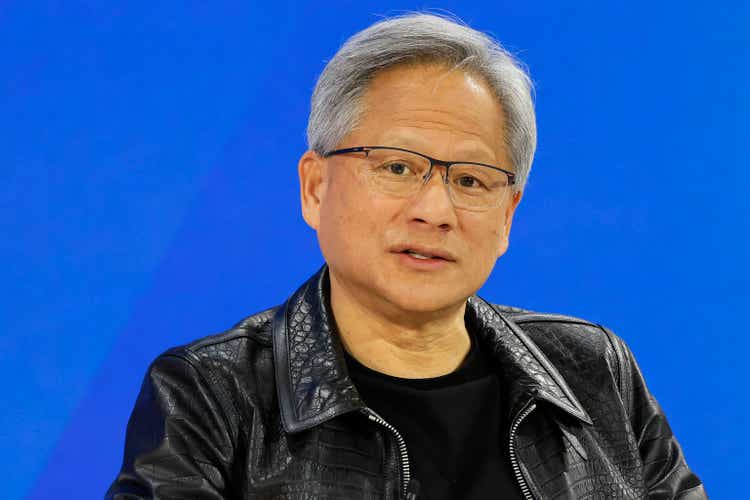Tech
Nvidia begins ushering in next wave of AI – physical AI: SIGGRAPH 2024

Michael M. Santiago
Nvidia (NASDAQ:NVDA) CEO Jensen Huang previewed what he views as the next wave of generative artificial intelligence, physical AI, at the SIGGRAPH conference in Denver on Monday.
“The first wave was accelerated computing, which lowers the amount of energy used,” Huang said. “The next wave of AI was enterprise – customer service. We want to give every organization the chance to create their own AIs.”
“The next wave is physical AI,” he added. “It requires three computers. One computer to create AI, another to send commands to a robot, and a third computer to handle it all.”
“We are entering the age of the AI-powered humanoid robot,” said a voice during a video presentation on physical AI.
Nvidia revealed in detail how it is accelerating humanoid robotics development at the conference. New offerings include NVIDIA NIM and OSMO NIM microservices and frameworks for running multi-stage robotics workloads.
Also, the MimicGen NIM microservice “generates synthetic motion data based on recorded teleoperated data from spatial computing devices like Apple (AAPL) Vision Pro,” according to Nvidia. “The Robocasa NIM microservice generates robot tasks and simulation-ready environments in OpenUSD, a universal framework for developing and collaborating within 3D worlds.”
Several microservices are now available in preview, with more coming soon, Nvidia said.
Earlier during the discussion, Huang revealed an AI-powered customer service agent. It contains knowledge of human customer service agents, and interacts visually with customers, even making facial changes appropriate to the tone of the conversation.
WIRED senior reporter Lauren Goode questioned the ethics of using an AI customer service agent that genuinely appears human.
“It’s still pretty robotic, and that’s not a terrible thing,” Huang responded. “We’ve made this digital human technology realistic, but we still know it’s a robot … This could help someone who is lonely, elderly. Having someone much more human than a text box is a good thing.”
Huang painted the picture of a world where people in all types of industries have their own personal AIs that have learned how to act and respond in a way similar to their human tutor. Huang said he envisions creating an AI version of himself built on a collection of everything he has said or written that could generate responses nearly identical to his own.
He wants every employee in his company to have their own AI assistant.
“Nvidia’s latest designs wouldn’t be possible without AI,” Huang said. “Without AI there would not be a Hopper or the Blackwell. The concept is for digital AIs that will be able to augment every single job in the company.”
“We invent tools here,” he added. “We create tools to do bigger and better work – to do things we couldn’t do before.”









